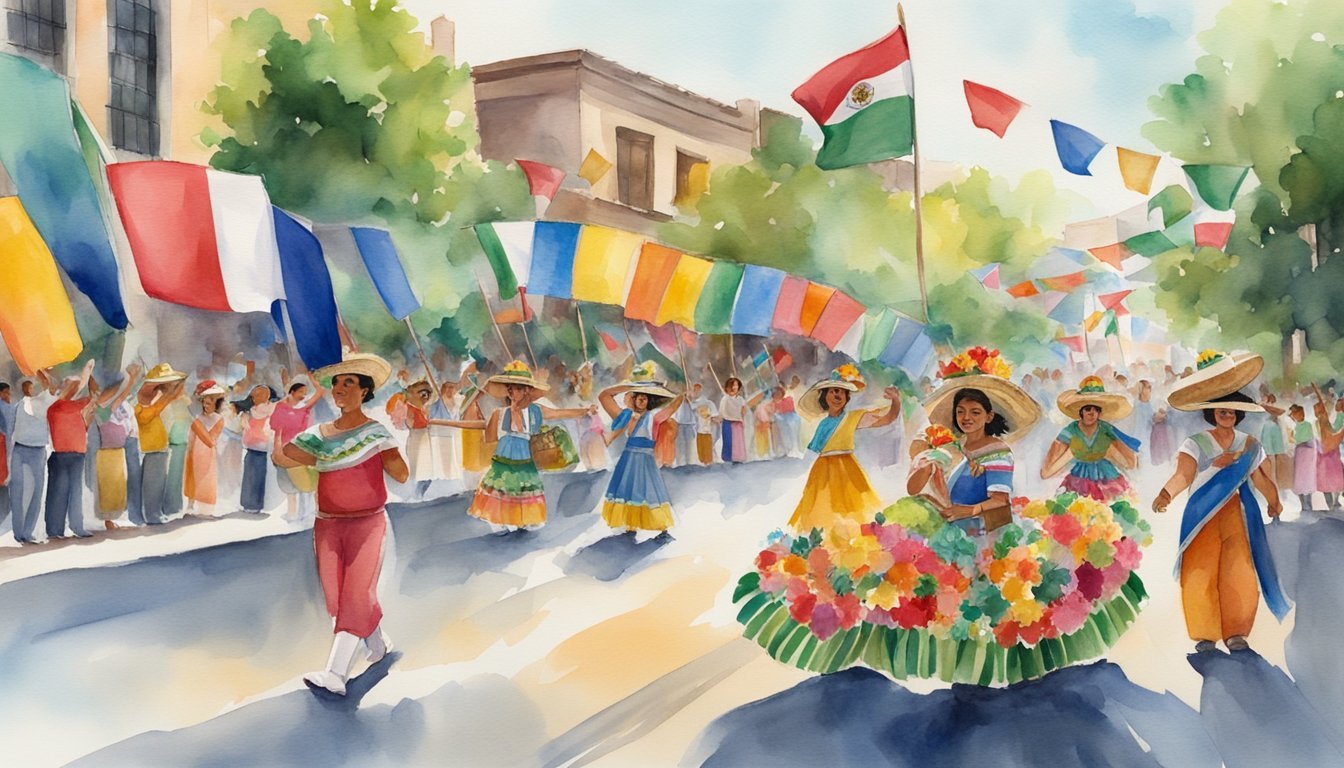History and Significance of Mexico Independence Day
The Dawn of Independence
Mexico’s Independence Day is celebrated every year on September 16, marking the beginning of Mexico’s fight for freedom from Spanish rule. The historical event that started it all was the Grito de Dolores on September 16, 1810. The Catholic priest Miguel Hidalgo, known as Father Hidalgo, rang the church bell in the small Mexican town of Dolores (National Geographic). He called for the liberation of Mexicans from colonial rule and for equality among all citizens. The passionate plea also invoked the Virgin of Guadalupe, which helped unite the country.
Key Figures in the Movement
Miguel Hidalgo was not the only important figure in the Mexican War of Independence. Other key individuals played crucial roles, such as José María Morelos, a military leader who fought for Mexico’s independence and helped shape the country’s future through his political work. Another prominent figure was Vicente Guerrero, a military leader who became one of Mexico’s first presidents (ThoughtCo).
Agustín de Iturbide, an army officer who once fought against the rebels, played a significant role in later years. He changed his allegiance and joined forces with Guerrero, leading to the final push for Mexican independence. This alliance resulted in the signing of the Plan of Iguala, ultimately securing Mexico’s freedom (USA TODAY).
The Path to a Sovereign Nation
Mexico’s path towards independence was far from smooth. The decade-long revolution was filled with various stages, such as the initial uprising led by Hidalgo and the subsequent fall of Spanish king Napoleon. As Spanish rule began to crumble, a power struggle emerged among the Mexican colonies and creoles (people of Spanish descent born in the Americas).
The war was finally won when Iturbide and Guerrero combined their forces, pushing the Spanish government to recognize Mexico’s independence in 1821. On September 27, 1821, the Army of the Three Guarantees entered Mexico City, hailed by the people as the liberators of their nation. Guadalupe Victoria became the first president of independent Mexico, marking the beginning of a new era (CN Traveler).
Today, Mexico’s Independence Day serves as a reminder of the country’s struggle for freedom and the heroes who fought for it. It is celebrated with reenactments, parades, and various cultural events, honoring the sacrifices made by those who believed in the spirit of independence.
Modern Celebrations and Global Impact

Independence Day Festivities
In Mexico, Independence Day is celebrated with a wide variety of events and activities, beginning on the eve of September 15th. The President of Mexico performs the traditional El Grito ceremony at the National Palace in Mexico City, ringing a bell and shouting “¡Viva México!”, honoring the original cry by Father Hidalgo in 1810. This ceremony is broadcasted across the country, with people gathered in public squares like the Zócalo in Mexico City to join in.
Throughout the day of September 16th, there are numerous parades, fireworks shows, rodeos, and concerts showcasing the pride and culture of the Mexican people. Traditional food, such as pozole, is enjoyed by many during these celebrations. Bullfights and street parties are also common.
Global Recognition and Observances
Mexican Independence Day has an impact beyond Mexico’s borders. In the United States, September 15 to October 15 is celebrated as Hispanic Heritage Month, recognizing the contributions of Hispanic and Latino Americans, including the significance of Mexico’s independence. During this period, cities such as Los Angeles, Chicago, and Houston organize events and festivals to celebrate Mexican and other Latino cultures.
It is important to note that Mexico’s Independence Day is different from Cinco de Mayo, which commemorates the Battle of Puebla against French forces. While both events are significant, Cinco de Mayo is more widely celebrated in the United States than in Mexico.
In addition to the United States, many Central and South American countries, such as Chile, Costa Rica, El Salvador, Guatemala, Honduras, and Nicaragua, celebrate their own independence days around the same time as Mexico. These events often include parades, flags, and various cultural activities.
As part of the global impact of Mexican Independence Day, the Chicano Civil Rights Movement in the United States was inspired, in part, by the struggle of Mexico for its independence. This movement sought to address social, political, and economic issues affecting Mexican Americans, including the redistribution of land and a push for equal opportunities.
In conclusion, Mexican Independence Day has far-reaching implications, extending beyond Mexico’s borders and inspiring cultural events, civil rights movements, and the celebration of Hispanic and Latino heritage around the world. It is an event that unites millions of people, fostering pride in Mexico’s rich history and culture.

